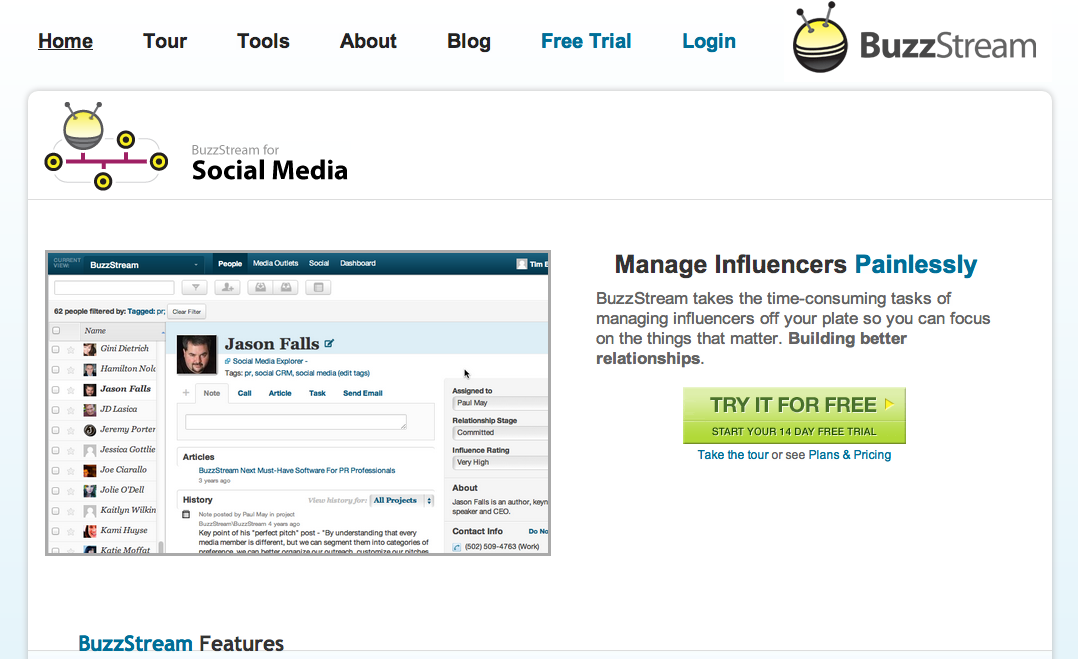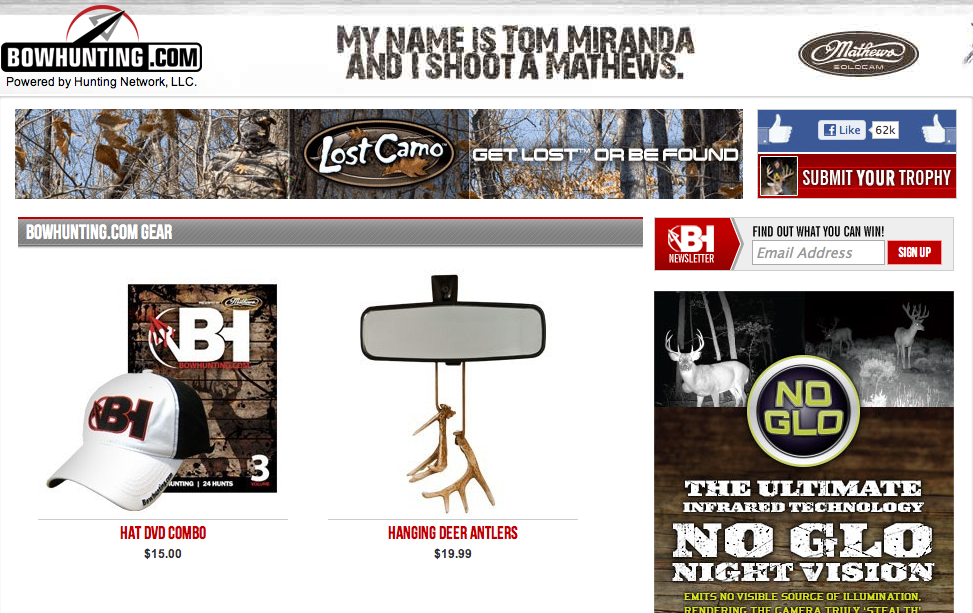I’ve been looking around the web lately at sales pages.
Two weeks ago we explored how a website should sell. In that article the point was that when you are not around your website needs to be the salesperson for you. The content you create for your sales pages need to go through those conversations you have with prospective customers in real life.
Now, as I’ve been looking at even more service pages and sales pages lately I’ve been seeing a trend of things getting quite long. It makes sense again because sales conversations can be quite long.
Some of you might be saying that there are cases where people will call you or see you in person and already be ready to sell. That’s fine. You’re ready to go into your pitch and they simply tell you that they’re set. They don’t need selling.
Your website can have long sales pages and service pages and still get those quick sales. It’s easy to scroll to the bottom and hit the contact form right away or even put something in the cart and be out of there.
But don’t forget the content. It’s more common to have prospective customers come to your site with questions about you, your company and your services. Let’s look at a few of the examples of long service pages and sales pages and review what it means for your company.
1. Amazon

It’s always interesting to look at the Amazon sales pages. Each of their product pages are unique from so many other ecommerce sites out there. The other day I was looking at this paracord in the screenshot. I had been using the search to find the items I needed. Remember, people use search more than anything on your website if you’re an ecommerce site. But that’s another post.
I was looking for cord and carabiners for deer hunting this season. I found what I was looking for but I wasn’t really sure if I had found the right cord. What Amazon does well is put their sales copy on the page, but they also really focus on customer reviews. Now, not all reviews are good. In fact, I actually like to sort reviews by the worst so I can see what issues people are having. It’s easy to pick out the ridiculous ones, but for the most part it helps you fully understand what you’re buying and how it might not be the best for you.
Amazon has always used reviews and they also fill their sales page with other elements that make them the biggest ecommerce company out there. They’re huge. When you look at this page you can really see how you would be talking to a salesperson in real life. You see the product. You get the regular deal with how great it is. You talk about successes customers have had. Then you see upselling items. It’s great.
If you’re selling products in this way it would make sense to copy Amazon, but also focus on what your customers have been asking. Listen to your customers and create content from those conversations. Your customers are some of the best sources of content.
2. BuzzStream

This is an interesting company. BuzzStream is a new service I’m just starting to try. I’ll leave the review for later, but I was impressed with the content on the company’s website. They focused heavily on their large (seemingly) client base. The homepage is simple, but it’s effective. You have two choices basically except for the main navigation. I like that. I know where to go right away. There is content on the bottom of the page for the inquisitive, which I was. I clicked through to the social media page. Again, I saw that there were some big clients. There is also more content that sells the product.
Now, this is not a long sales page, but what BuzzStream seemed to do is listen to their customers and get the content on the page that was necessary. That’s what’s important with these sales pages. Listen to the problems your customers tell you. In real life you likely as those questions of your customers. You probably ask, “Why are you interested in this?” That’s a big question. Website visitors have those same questions and if you answer them on your site you’ll do a better job of selling.
3. Bowhunting.com

Here is a little bit of a wildcard in this series.
I’ll assume that maybe you haven’t heard of Bowhunting.com. It’s a site for hunters and it’s mostly about bowhunting whitetail deer. I’m a big fan of the site. This week I’ve been checking out all the videos they put up from last year’s hunt. It’s around that time of the year here in Wisconsin and I’m getting the fever to hit the woods.
Anyway, I want to highlight a different way Bowhunting.com is listening to their customers to create content that sells on their website. The company’s sales page is really not that different from other ecommerce sites.
What is different is how the folks are Bowhunting.com use blog content and video content to sell. If you look away from the sales page you’ll find tons of useful content on the site. I’m sure the web show series Bowhunt or Die started out because the team simply wanted to do it, but there was also a growing demand for real-time hunting shows on the web. There have always been shows on TV that play last year’s hunts, but if you follow Bowhunting.com you’ll get hunts from the past week and they’re presented in TV-quality shows right on their website. It’s awesome.
These videos are something customers want. And Bowhunting.com uses those videos to sell its goods. Not only do they directly talk about the products they use, but the videos also create a connection with people. This connection and trust leads to sales.
The blog content does the same. I’m sure people are always telling the folks are Bowhunting.com about topics or questions they have. These turn into blog posts. The site also has a forum where people ask questions. There is also a Facebook page. These are all places where businesses can listen to customers and create content that sells. It works for the product pages, service pages and the other pages on the site that sell.
The point of the article is that you need to listen to your customers and turn those conversations into website content. This is what the best companies are doing and they’re succeeding with the strategy.





